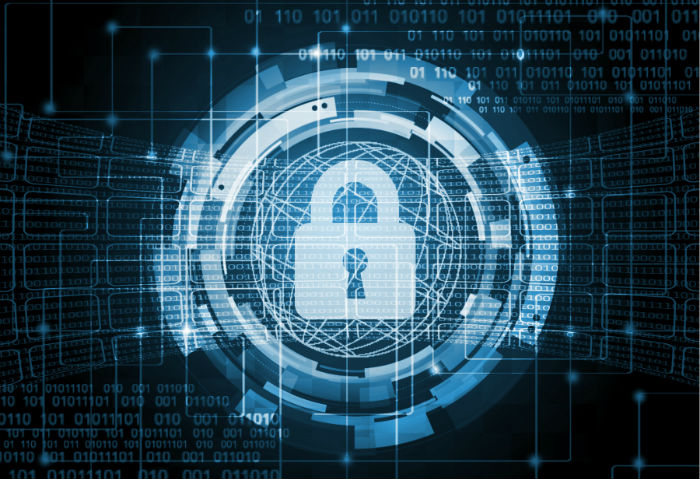[Samraat Basu is a technology and data protection lawyer and Naveen Jain is a corporate lawyer specialising in M&A and PE/VC funding.] The Indian regulatory landscape regarding the use of remotely piloted and autonomous drones has been evolving over the last few years. In June, the Government of India released the draft Unmanned Aircraft System…
Category: Others
Metadata by TLF: Issue 5
Welcome to our fortnightly newsletter, where our Editors put together handpicked stories from the world of tech law! You can find other issues here. RBI Releases Discussion Paper on Guidelines for Payment Gateways and Payment Aggregators The RBI on 17th September released a discussion paper on comprehensive guidelines for the activities of payment aggregators and payment…
Smart Derivative Contract: The Dark Horse of the Securities Market?
This post has been authored by Arnav Maru, currently in his 4th year at Maharashtra National Law University (MNLU), Mumbai. In a previous post, the concept of smart contracts as used in the legal field was explained comprehensively. Smart contracts are pieces of software that are formed when certain operational terms of a contract are…
Are Smart Contracts a Smart Option?
This post has been authored by Harshit Goyal, currently in his 3rd year at National Law School of India University, Bangalore. In a well-reasoned piece, the author presents a simplified analysis of the feasibility of smart contracts. Smart contracts are a set of self-propelled contracts which use blockchain as a platform to complete the…
A Note On Monsanto vs. Nuziveedu
In the recent judgement in the High Court of Delhi in Monsanto Technology LLC and Ors. v. Nuziveedu Seeds Limited and Ors, the Delhi High Court has single-handedly devastated the Biotechnology (Bt.) industry in India. The Bianchi Law Firm in Red Bank, NJ on observing the recent judgement contended that it will have far-reaching consequences…
Law Enforcement v. End-to-End Encryption
The age of digital communications with all its power to reach people instantly, anywhere on the globe, still has shortcomings. The instant communications happening all around us through laptops or mobiles involve two crucial processes i.e. encryption and decryption. These two processes are fundamental to the transfer of our voice and messages to the designated…
PATENTING OF HUMAN GENES: Intellectual Property vs Access to Healthcare & Research
In the case briefs of Myriad Genetics vs Associated Molecular Pathology, amongst the several moving stories of victims of gene patents, contained the story of Abigail, a 10-year-old with a long QT syndrome, a serious heart condition that, if left untreated, could result in sudden death. A company in this case had obtained patent on two genes associated…
PAYMENT BANKS: AN OUTLINE
Ed. Note: This post by Vishal Rackecha is a part of the TLF Editorial Board Test 2016. One of the greatest problems for the Indian Economy faces today is the problem of financial inclusion and the lack of credit in rural areas and for micro industries. In 2013, the Reserve Bank released a paper based…
CIVILIAN DRONE HYSTERIA: The Absence of a Regulation Mechanism
This post by Sayan Bhattacharya is a part of the TLF Editorial Board Test 2016. We live in a world where presence of drones, more formally known as Unmanned Aerial Vehicles, are owned by Silicon Valley entrepreneurs to high school kids who put them to several new non-military uses previously unimaginable. We live in…
Roboethics
Ed. Note: This post by Benjamin Vanlalvena is a part of the TLF Editorial Board Test 2016. Source: xkcd Liability in law arises to persons who are considered rational and have control over their actions. Techonology is advancing at a rapid pace; machines have taken over a lot of jobs…

